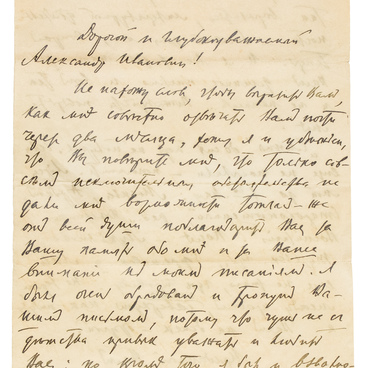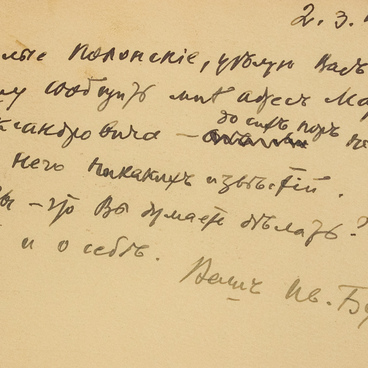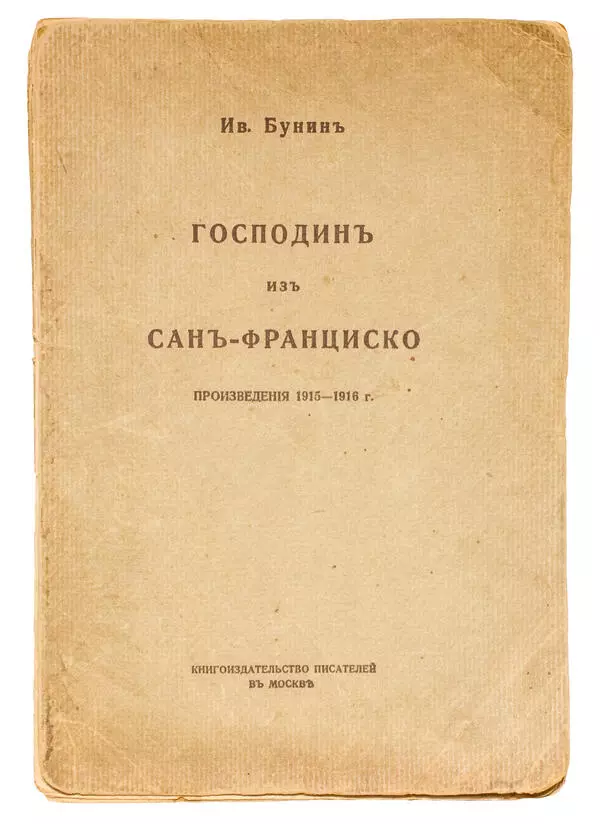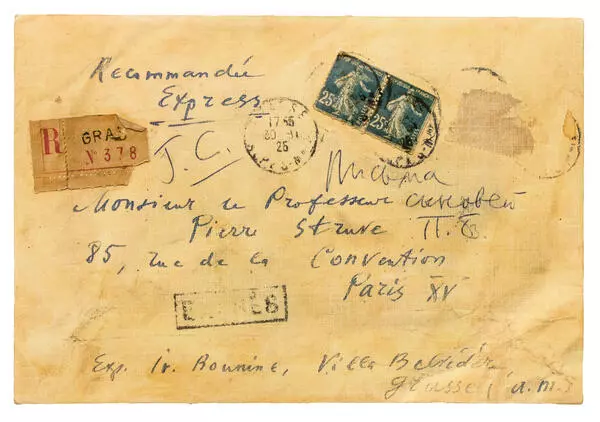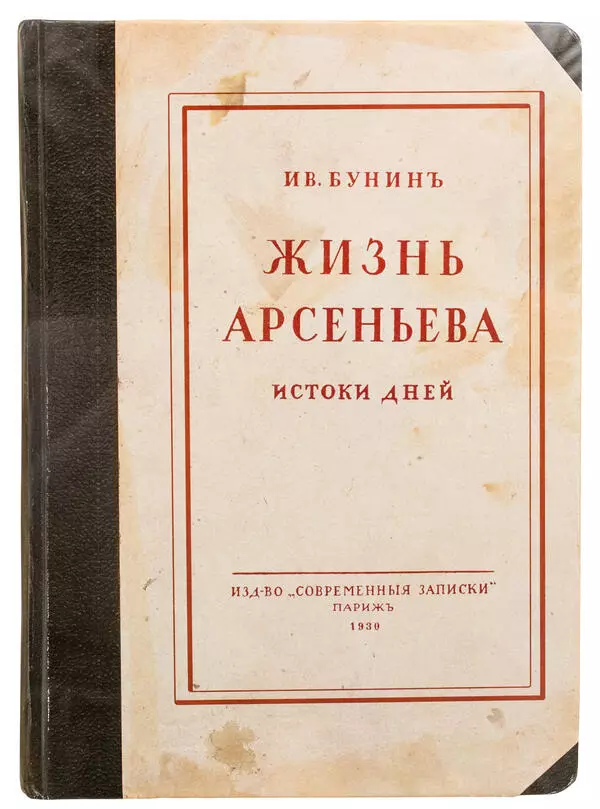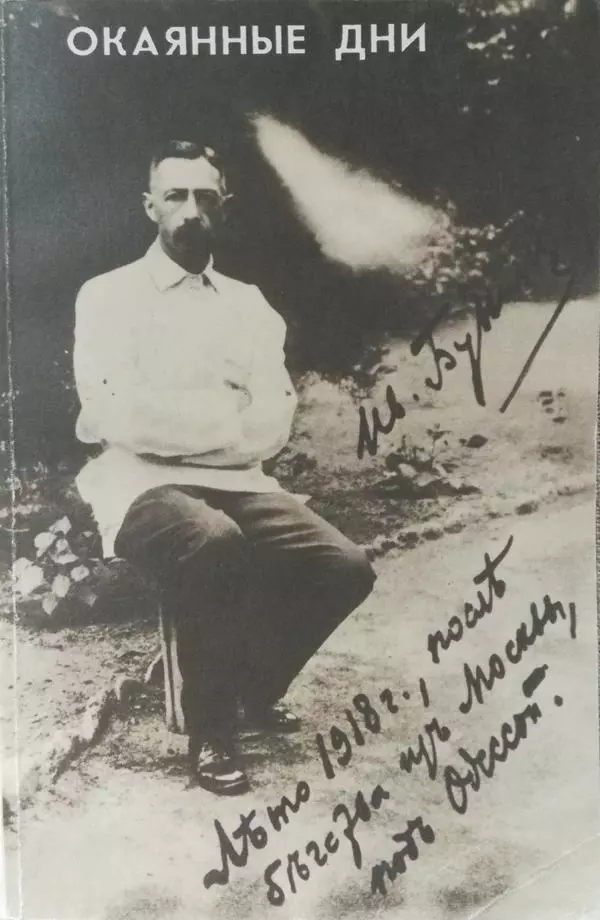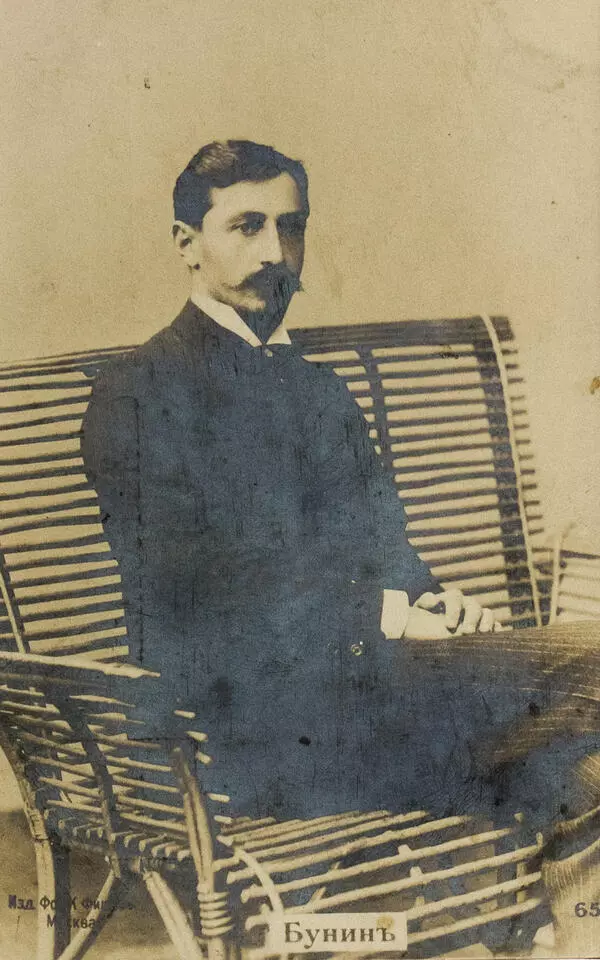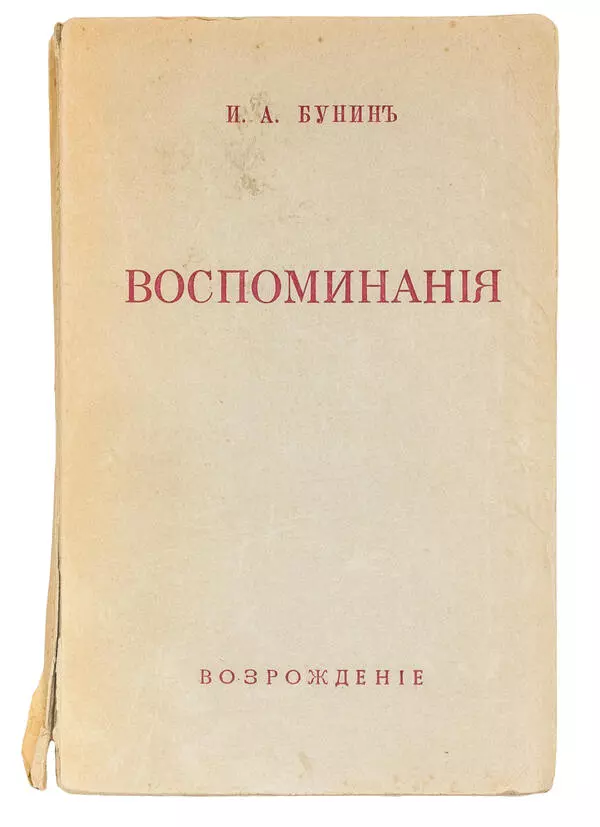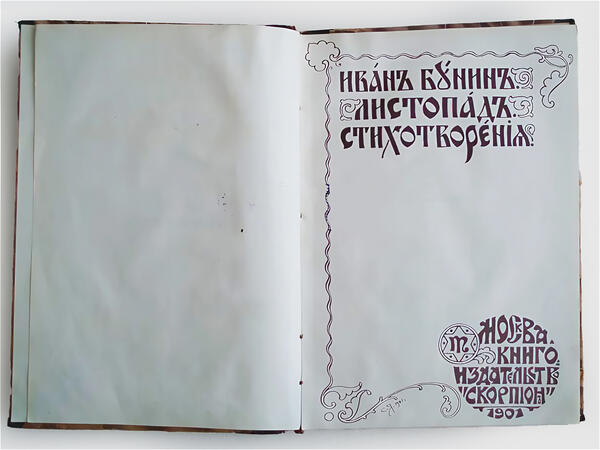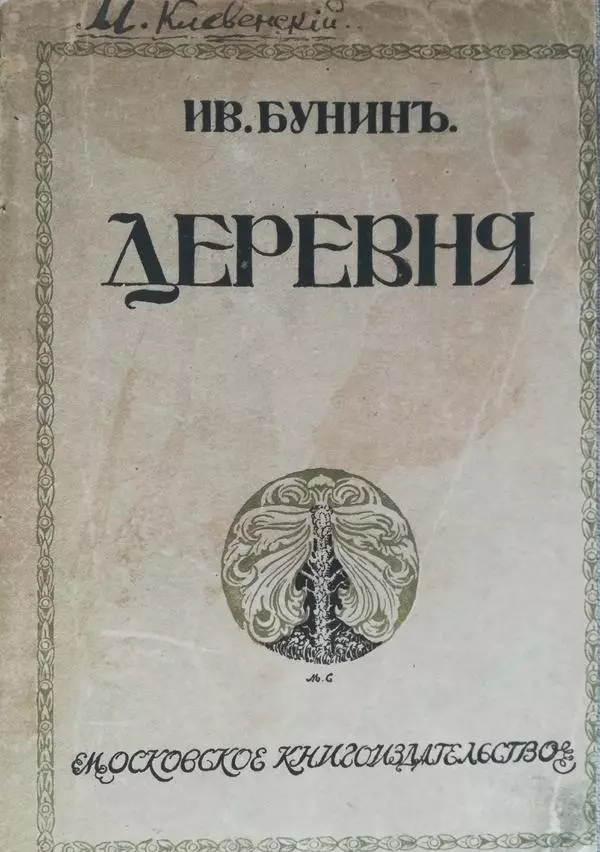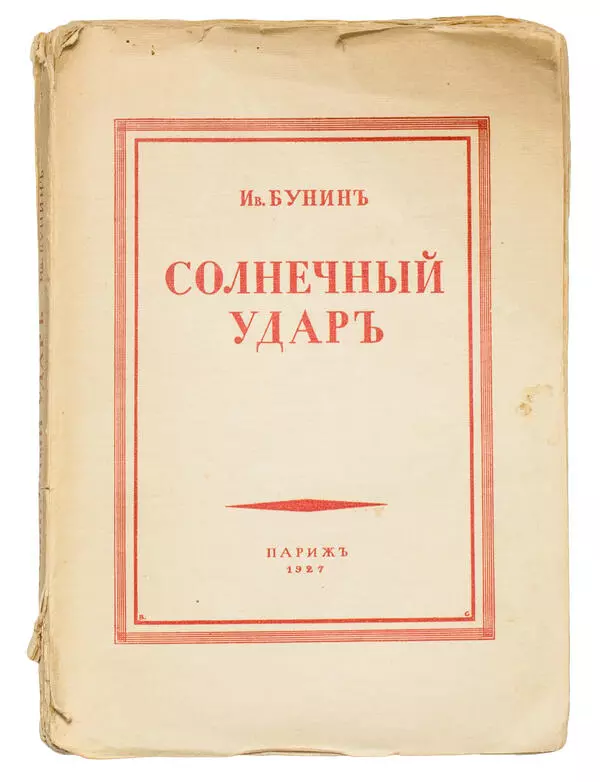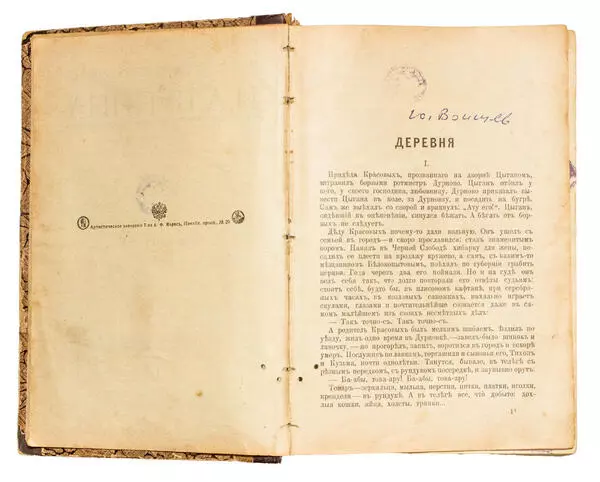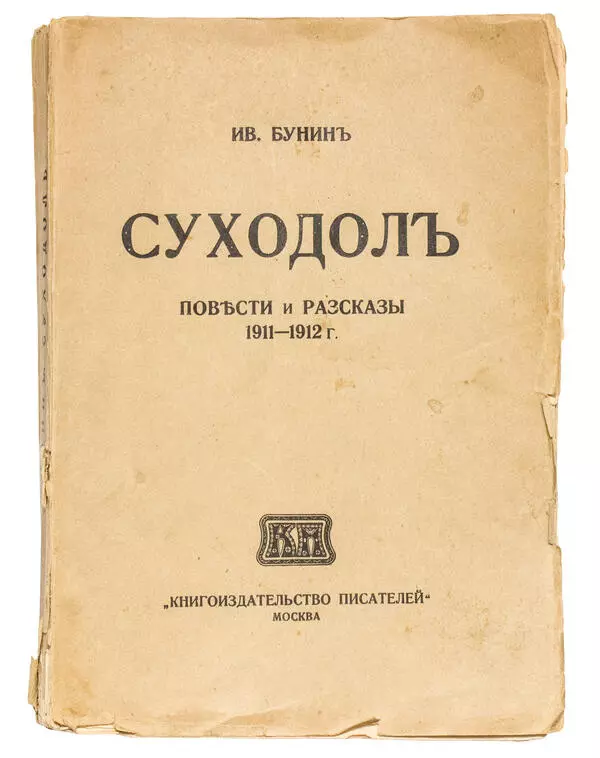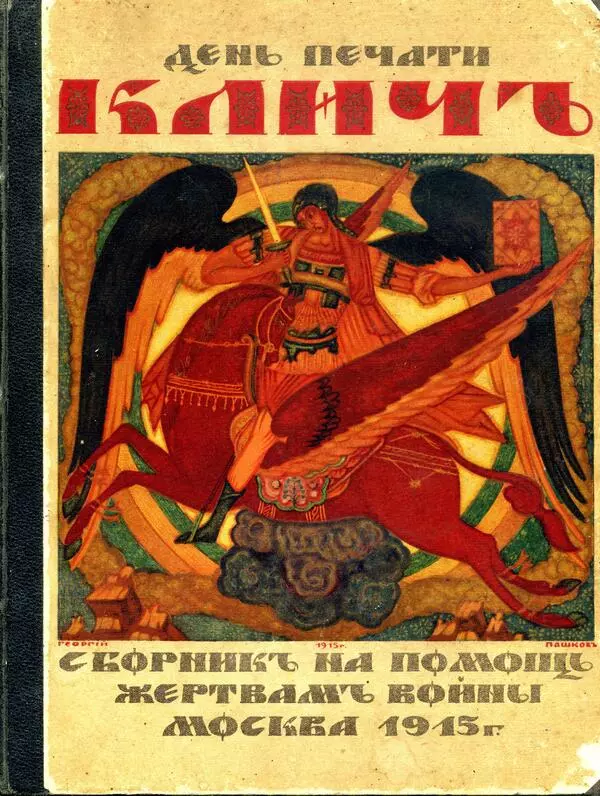The photo of Ivan Bunin was taken by Karl Fischer, one of the most prominent photographers in Moscow of his time. Photographs of many famous writers, painters and actors were printed in his studio. The master photographed Ivan Bunin in 1903.
That year was especially important for the writer. In January, Ivan Bunin was elected a full member of the Society of Lovers of Russian Literature. At the beginning of that year, in St. Petersburg, a separate book with his translation of Henry Longfellow’s poem “The Song of Hiawatha” with illustrations by artist Frederic Remington was issued by the publishing house “Znanie” (Knowledge). This edition included the author’s completed translation of the poem, which took 9 years to compose. Later he did not change a single line in it.
In the same year, ‘Znanie’ published the second volume of Ivan Bunin’s Complete works “Poems” and the second edition of the first volume of his works “Stories”. Moreover, the writer’s translation of Lord Byron’s dramatic poem “Manfred” was also published.
These achievements did not go unnoticed. On October 19, 1903, the Imperial Academy of Sciences officially announced that Bunin was awarded the Pushkin Prize for the collection “Falling Leaves” and his translation of “The Song of Hiawatha”.
The Pushkin Prize was considered one of the most prestigious writer’s awards in pre-revolutionary Russia. The Imperial Academy of Sciences was focused on writers who continued the literary tradition of Alexander Pushkin. The nominees' texts were selected strictly and accurately. The recognition of Ivan Bunin as the winner of this award indicates that the book ‘Falling Leaves’ and the translation of Henry Longfellow’s poem met the highest academic standards.
The Prize was awarded every two years. Not only original works, but also translations were noted by it. The financial award totaled 1,000 rubles, which was considered a fairly large amount of money. At that time, people could rent a small apartment in Moscow for 15-20 rubles a month. Most often two laureates received the Prize, and then this amount was divided in half.
Photographer Karl Fischer left behind a vast legacy, including photographs, postcards and photo albums. Since the 1890s, his photographs documenting significant events held in Moscow were published in the magazines “Niva”, “Vsemirnaya Illyustratsiya” (World Illustrated), as well as in photo albums. Among them there were annual military parades, the unveiling of a monument to Emperor Alexander III and other historical events of that time.
At the same time, he made postcards with views of Russian cities, architectural monuments, theatrical performances, portraits of outstanding cultural figures. Karl Fischer was the first photographer in Russia to start producing phototype editions of catalogues and albums of museum exhibitions.
That year was especially important for the writer. In January, Ivan Bunin was elected a full member of the Society of Lovers of Russian Literature. At the beginning of that year, in St. Petersburg, a separate book with his translation of Henry Longfellow’s poem “The Song of Hiawatha” with illustrations by artist Frederic Remington was issued by the publishing house “Znanie” (Knowledge). This edition included the author’s completed translation of the poem, which took 9 years to compose. Later he did not change a single line in it.
In the same year, ‘Znanie’ published the second volume of Ivan Bunin’s Complete works “Poems” and the second edition of the first volume of his works “Stories”. Moreover, the writer’s translation of Lord Byron’s dramatic poem “Manfred” was also published.
These achievements did not go unnoticed. On October 19, 1903, the Imperial Academy of Sciences officially announced that Bunin was awarded the Pushkin Prize for the collection “Falling Leaves” and his translation of “The Song of Hiawatha”.
The Pushkin Prize was considered one of the most prestigious writer’s awards in pre-revolutionary Russia. The Imperial Academy of Sciences was focused on writers who continued the literary tradition of Alexander Pushkin. The nominees' texts were selected strictly and accurately. The recognition of Ivan Bunin as the winner of this award indicates that the book ‘Falling Leaves’ and the translation of Henry Longfellow’s poem met the highest academic standards.
The Prize was awarded every two years. Not only original works, but also translations were noted by it. The financial award totaled 1,000 rubles, which was considered a fairly large amount of money. At that time, people could rent a small apartment in Moscow for 15-20 rubles a month. Most often two laureates received the Prize, and then this amount was divided in half.
Photographer Karl Fischer left behind a vast legacy, including photographs, postcards and photo albums. Since the 1890s, his photographs documenting significant events held in Moscow were published in the magazines “Niva”, “Vsemirnaya Illyustratsiya” (World Illustrated), as well as in photo albums. Among them there were annual military parades, the unveiling of a monument to Emperor Alexander III and other historical events of that time.
At the same time, he made postcards with views of Russian cities, architectural monuments, theatrical performances, portraits of outstanding cultural figures. Karl Fischer was the first photographer in Russia to start producing phototype editions of catalogues and albums of museum exhibitions.

